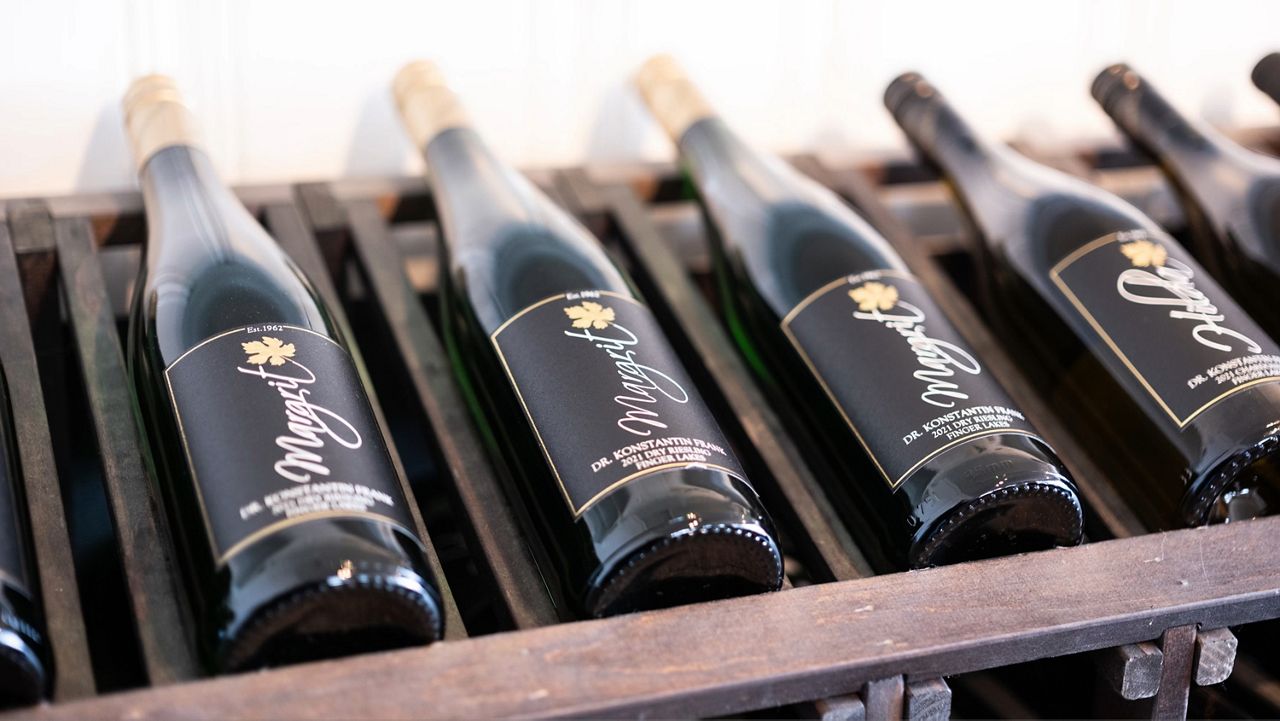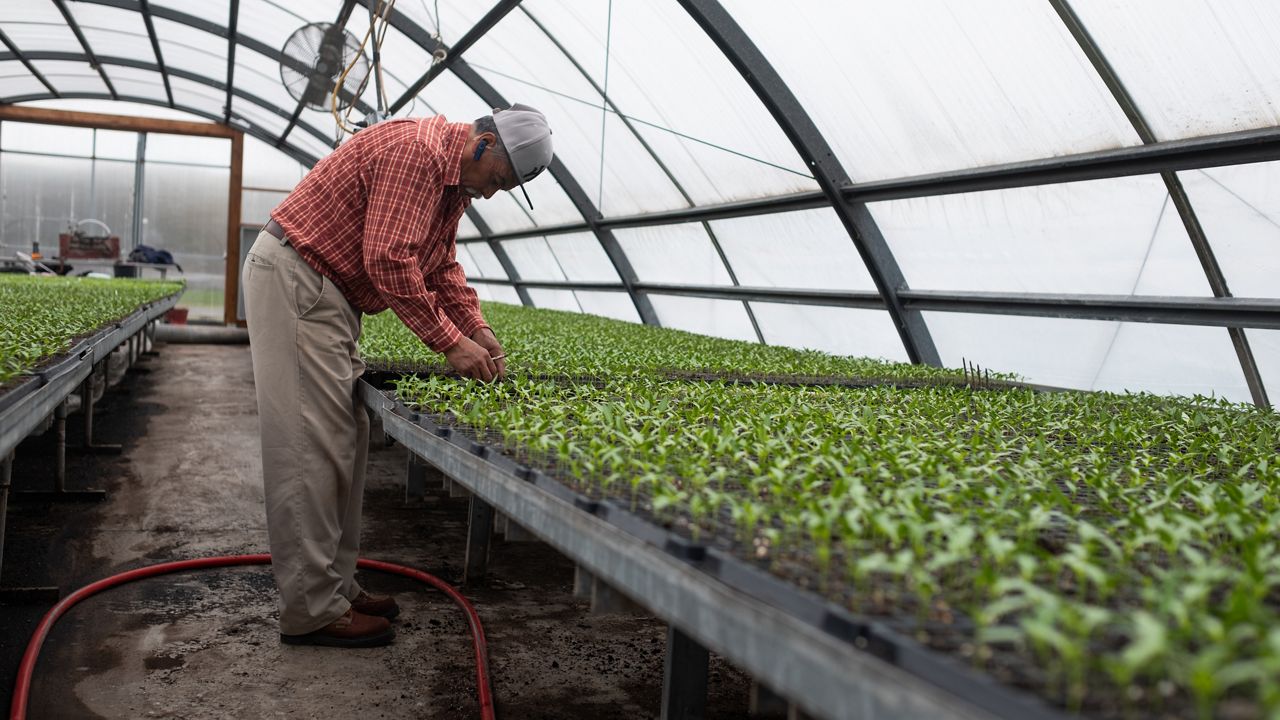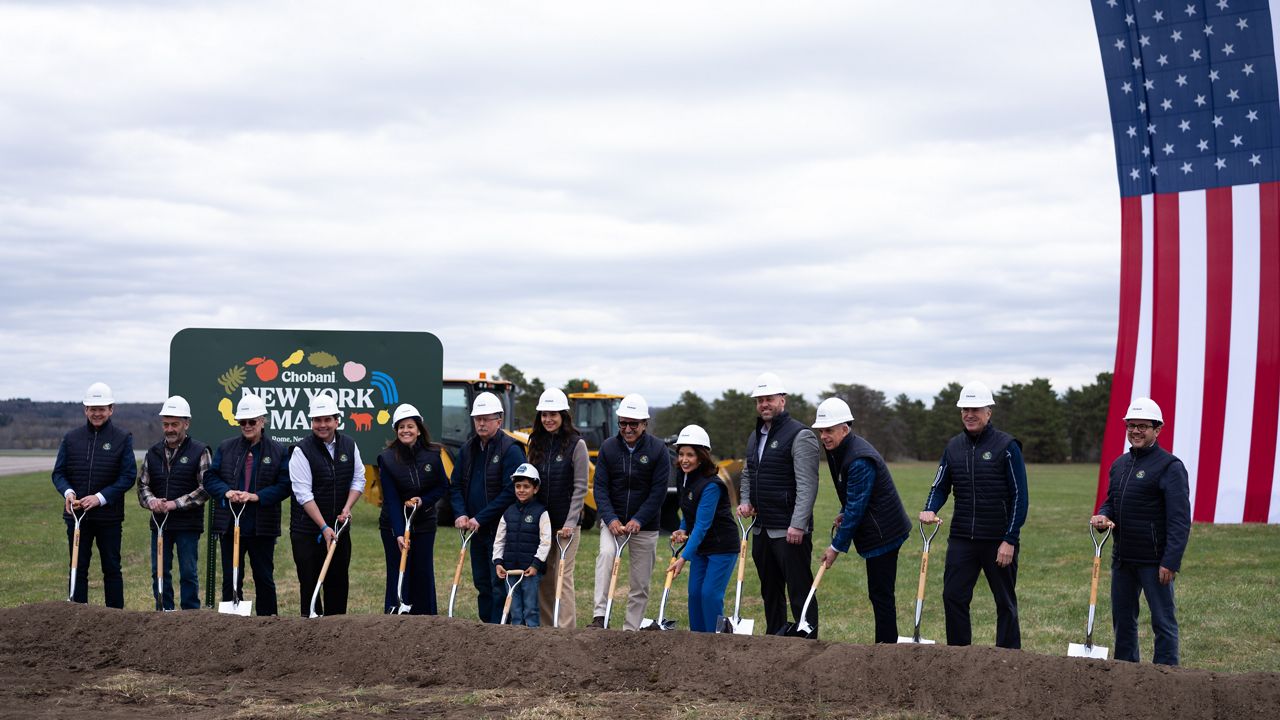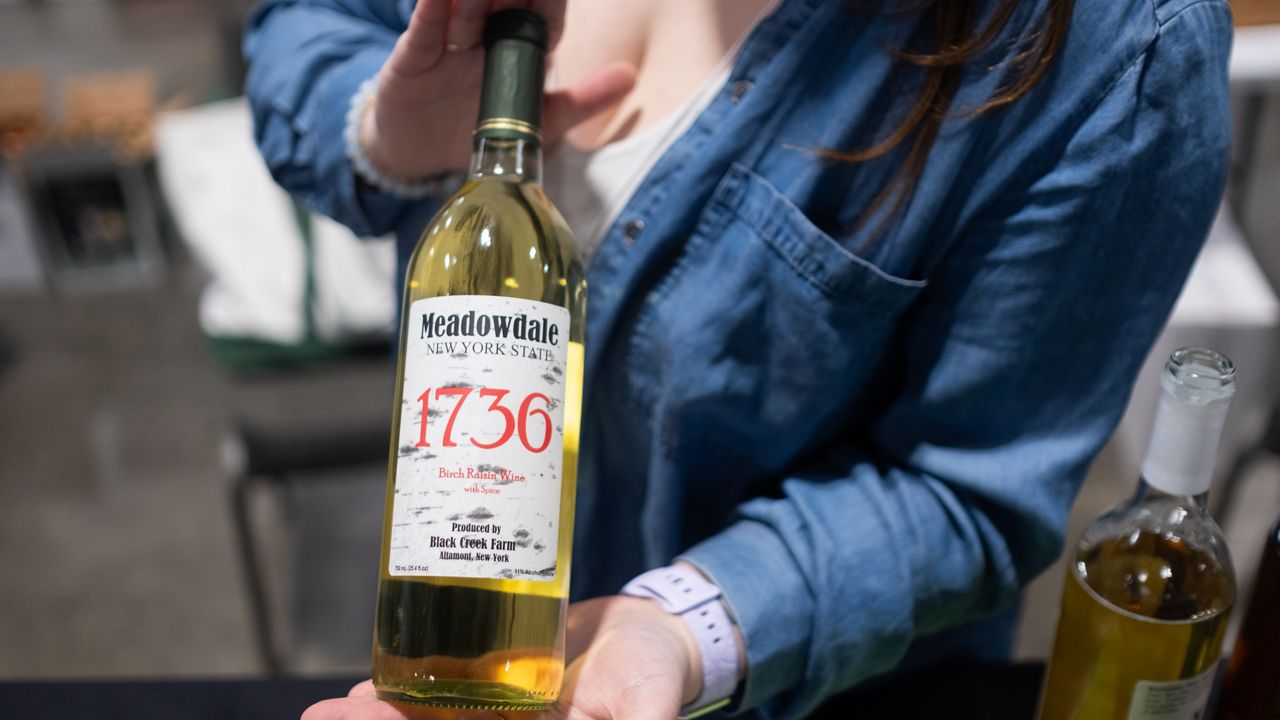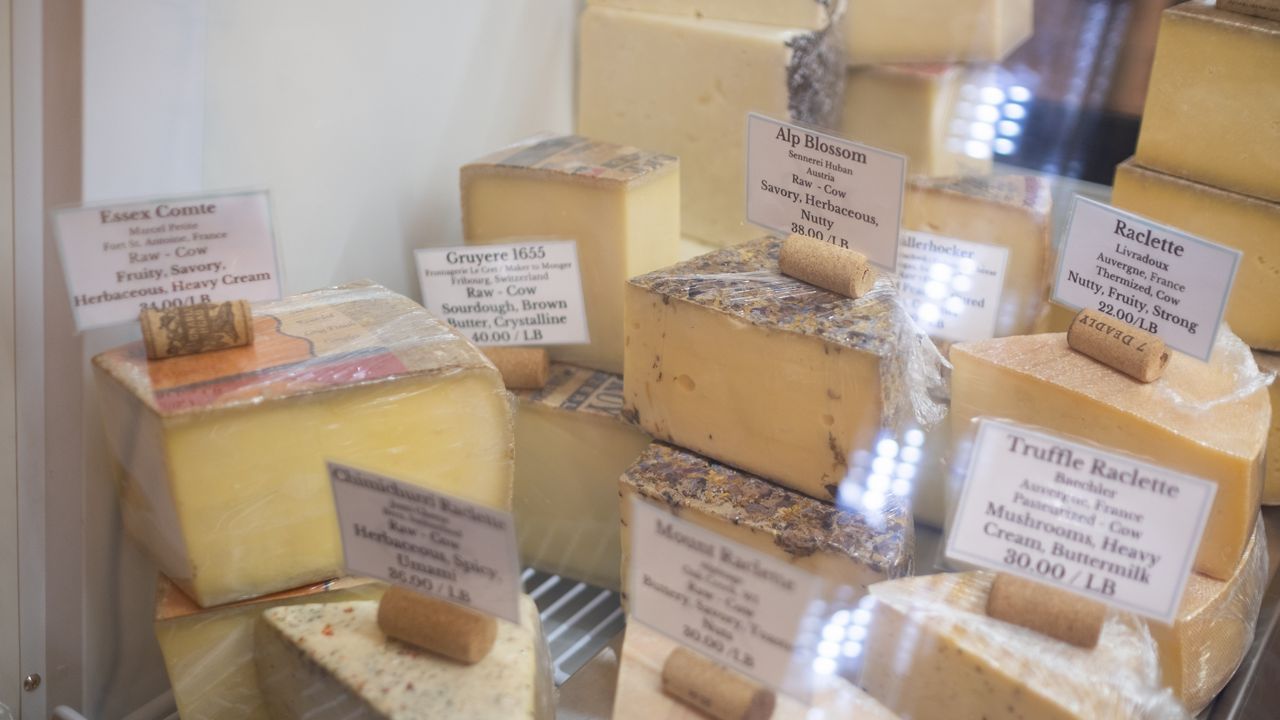Women have worked in the wine industry for generations in the Finger Lakes, but it’s only in the last 50 years that they’ve taken on leading roles in viniculture – working to battle a male-dominated hierarchy.
But as they’ve made progress, challenges in fighting stereotypes remain for even the world’s best female winemakers.
“Women have essentially always worked in the wine industry in the Finger Lakes whether it be in the vineyards or in the offices,” said Will King, director of the Greyton H. Taylor Wine Museum in Hammondsport.
Historical photographs show that women were the majority working in grape-packing house and vineyards, King said.
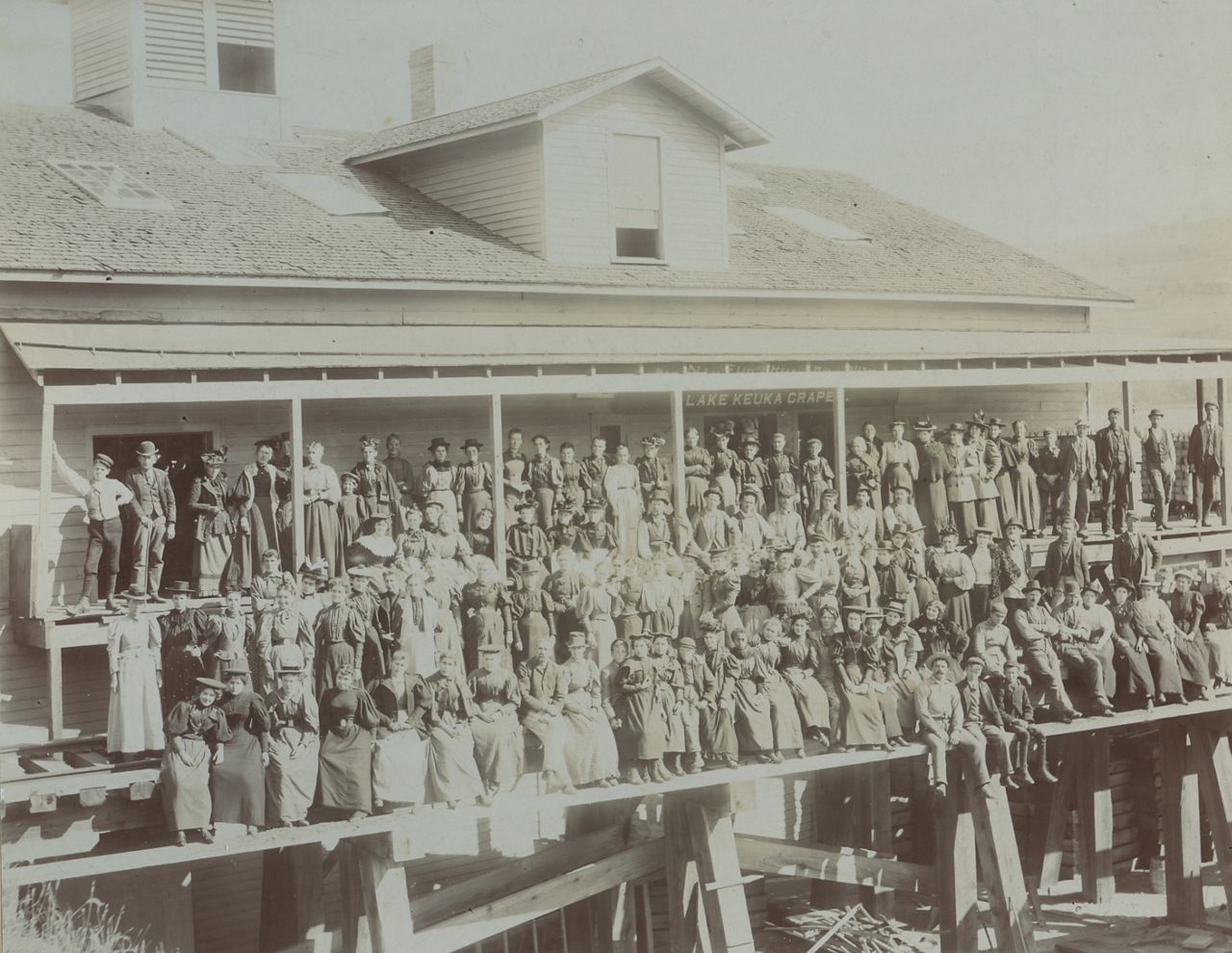
The Finger Lakes wine industry was largely operated by a few corporate companies like Taylor Wine, Gold Seal Winery and Great Western Winery which produced port, sherry and sparkling wines.
“California is producing these Cabernet Sauvignon, Merlots and Chardonnays and these old wines like sherry and port become unfashionable. The whole corporate wine industry that was built up over 100 years, starts to rapidly collapse,” King said.
At this point in 1976 and 1977, New York decides to step in and pass the farm winery act, which gives tax breaks to family farms producing wine, taking the power away from corporate companies and put it in the hands of families.
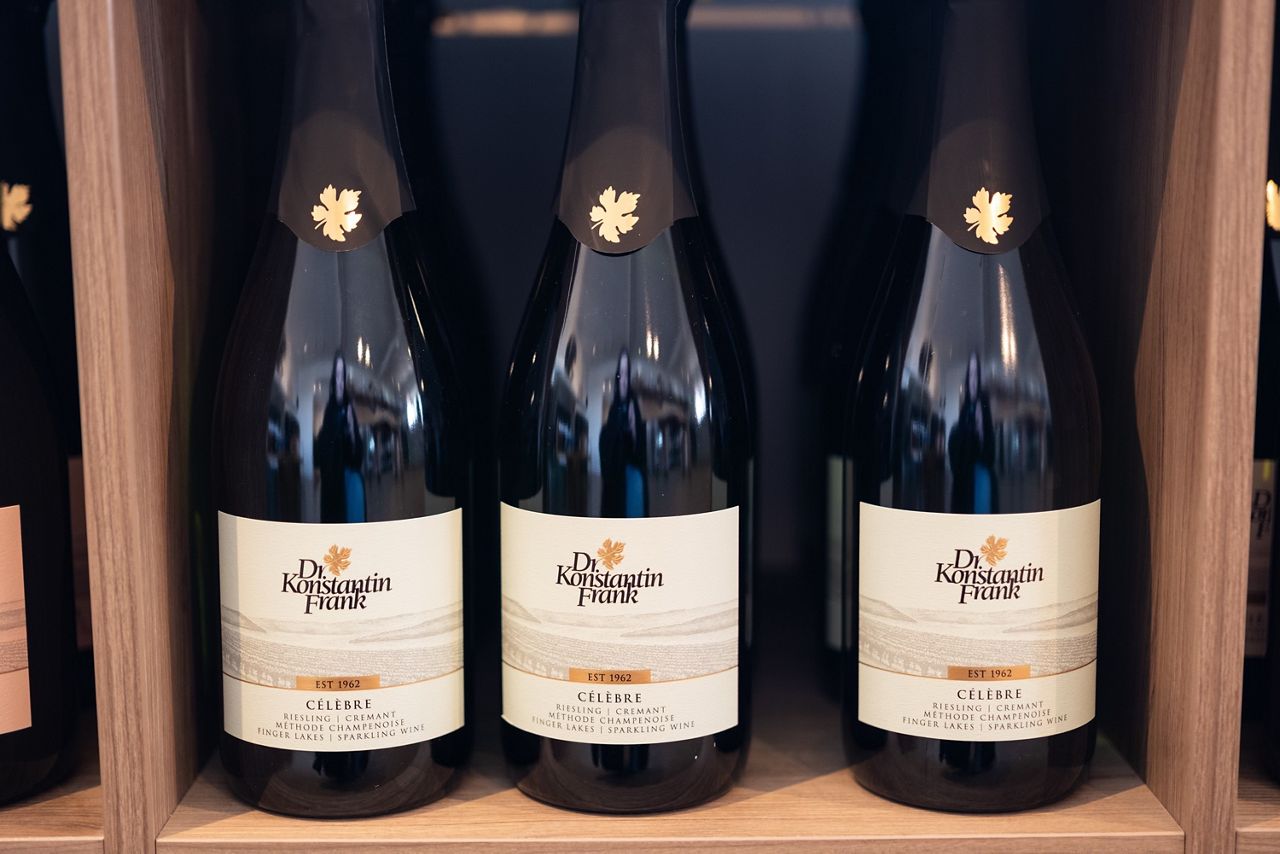
“All these wineries that start up from the farm winery act, they’re almost always husband and wife teams, and that finally puts the leadership in female hands,” King said.
Since then, it has been a slow build to what the industry is now. The Finger Lakes region is home to Cornell University and Finger Lakes Community College, both of which offer degrees in the wine industry.
“Those programs make it possible for local young women to go through learn about viticulture and then to turn around and apply their knowledge to local wineries,” King said.
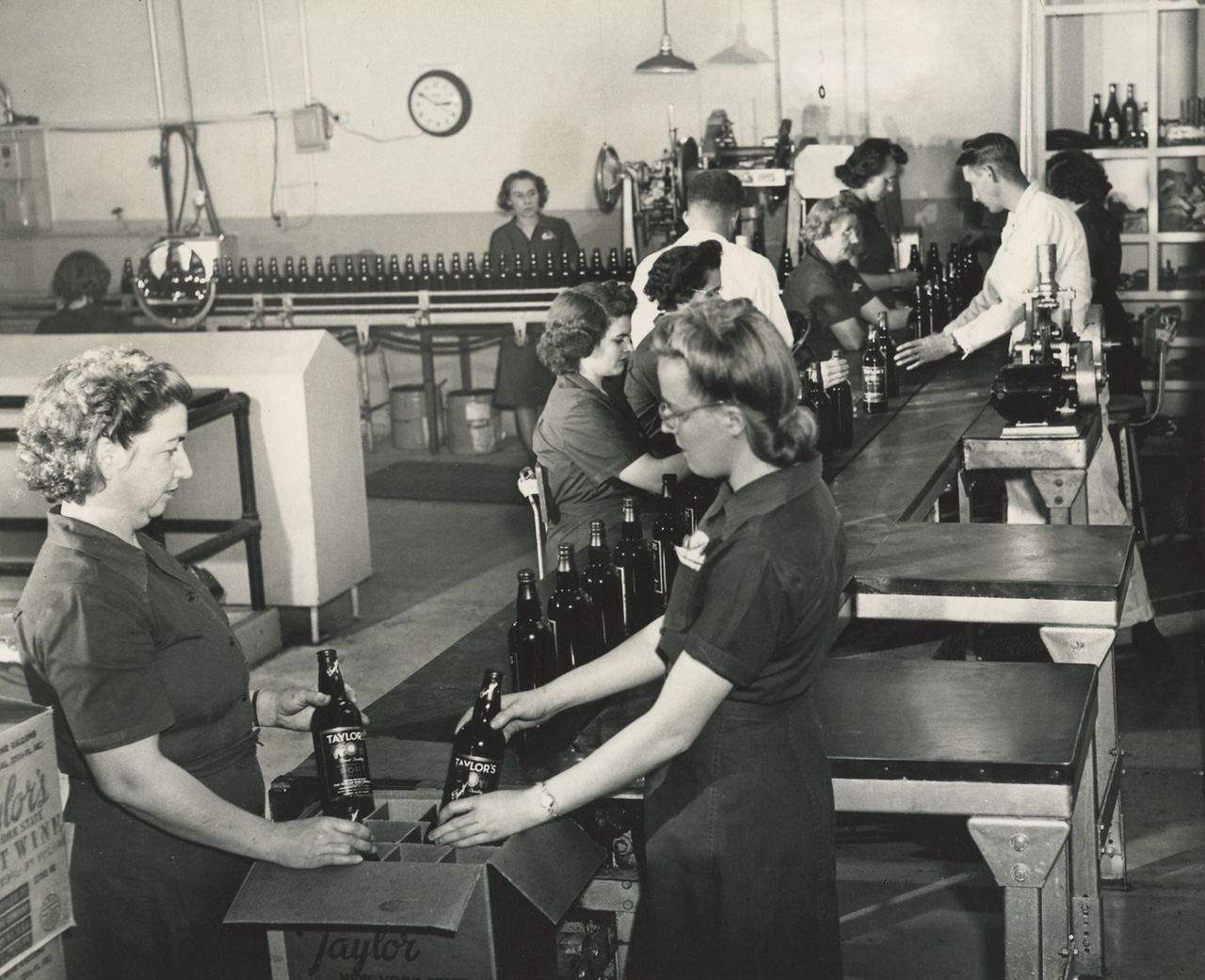
This was the path for Meaghan Frank, the great-granddaughter of Konstantin Frank, who is the winemaker credited for bringing vinifera variety grapes to the Finger Lakes region from Odesa, Ukraine.
“I never felt like it was my calling when I was young,” Frank said. “For me, the industry is still very male dominated, and I never saw it as a possibility until I was in college.”
Frank studied viticulture and winemaking at Cornell University and University of Adelaide in Australia.
“I think as a woman, it is almost a cloak of armor to have that education, and without it, it’s even harder to get that credibility,” Frank said.
While her family winery was largely run by the men, Frank said she always admired the role the women in her family took on and coming back to the industry. Her aunt was a mentor.
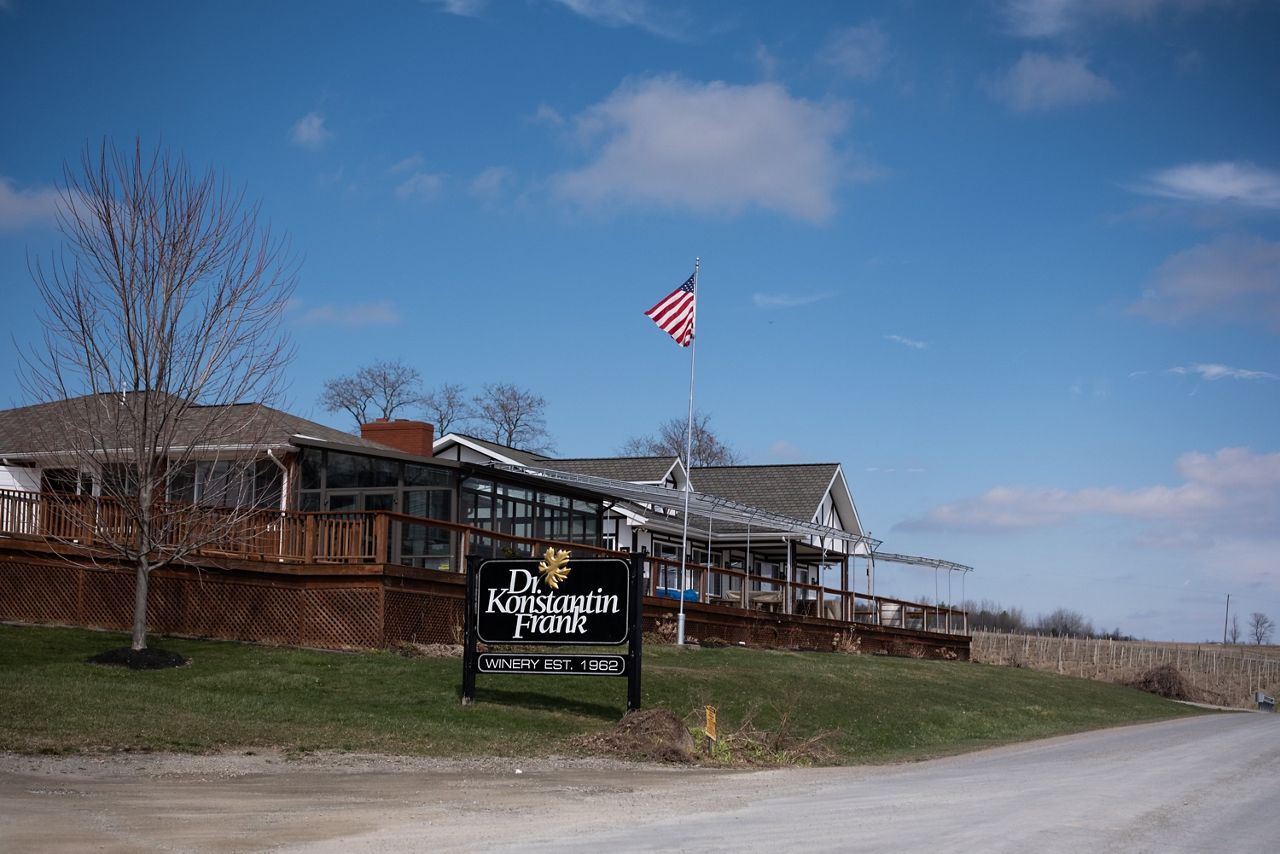
“She is still involved in the business; she doesn’t live here but she consults on all the wines. She has a strong background in winemaking and has a really detail-oriented perspective on things. She has been a huge inspiration for me,” Frank said.
Additionally, the Women for WineSense, a non-profit that supports women in the industry, has been a source of connections for Frank.
“It’s a really great group and I was luckily somehow in the mix when they started the Finger Lakes chapter and a lot of those women have been huge mentors,” she said.
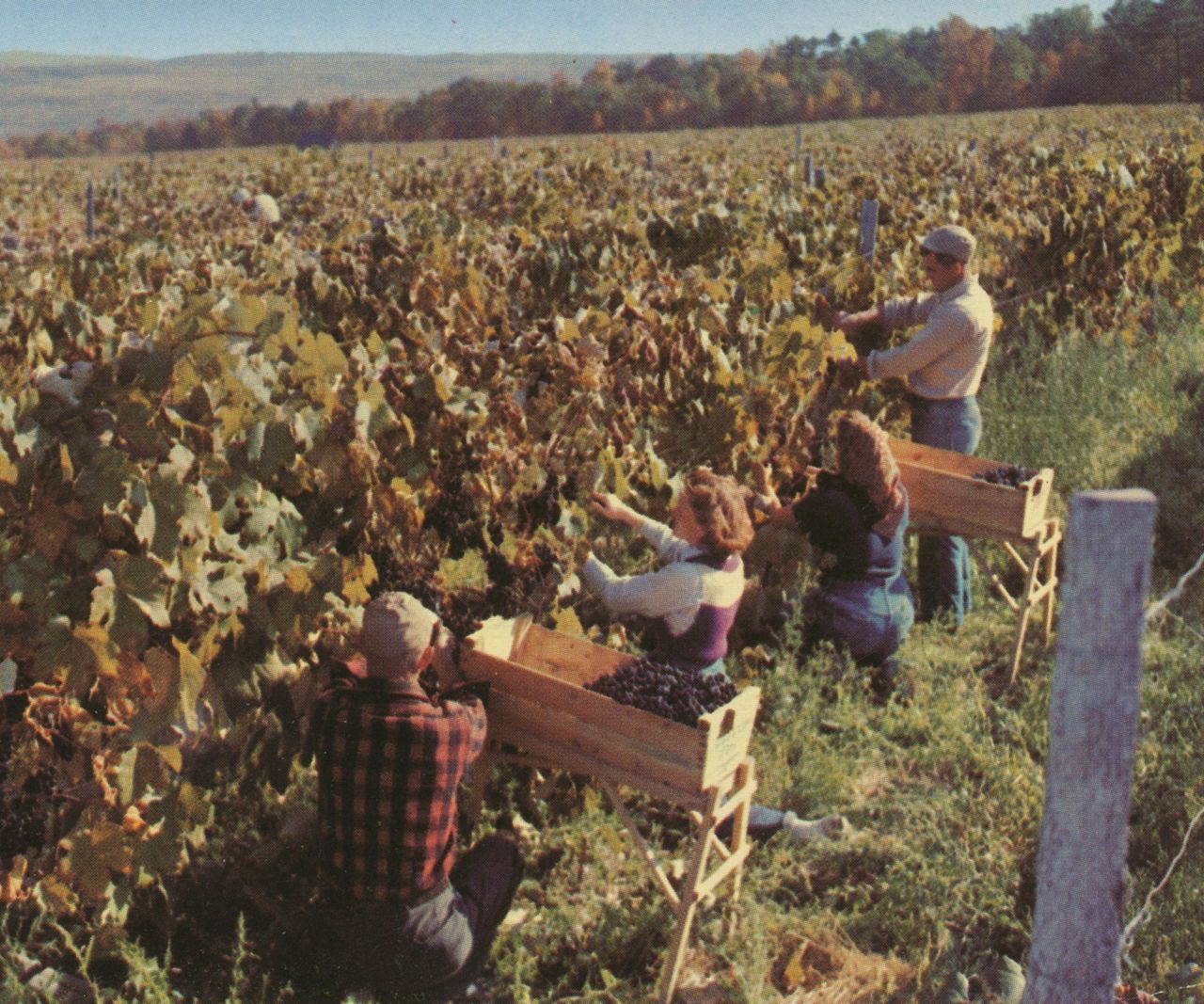
Working in the alcohol industry as a woman comes with its challenges.
“Because it’s alcohol, a lot of the sales portion, you are doing things after hours, often wine is involved and anytime those two things mix, sometimes you can have issues,” Frank said.
She recalled a time recently when she was working with a young woman sales representative in New York City who wore a wedding ring despite not being married to prevent unwanted advances.
Additionally, there is not a lot of flexibility within the industry for women who are mothers.
“Especially on the winemaking side because you have harvest, that you have to be here for, there’s no working from home,” Frank said.
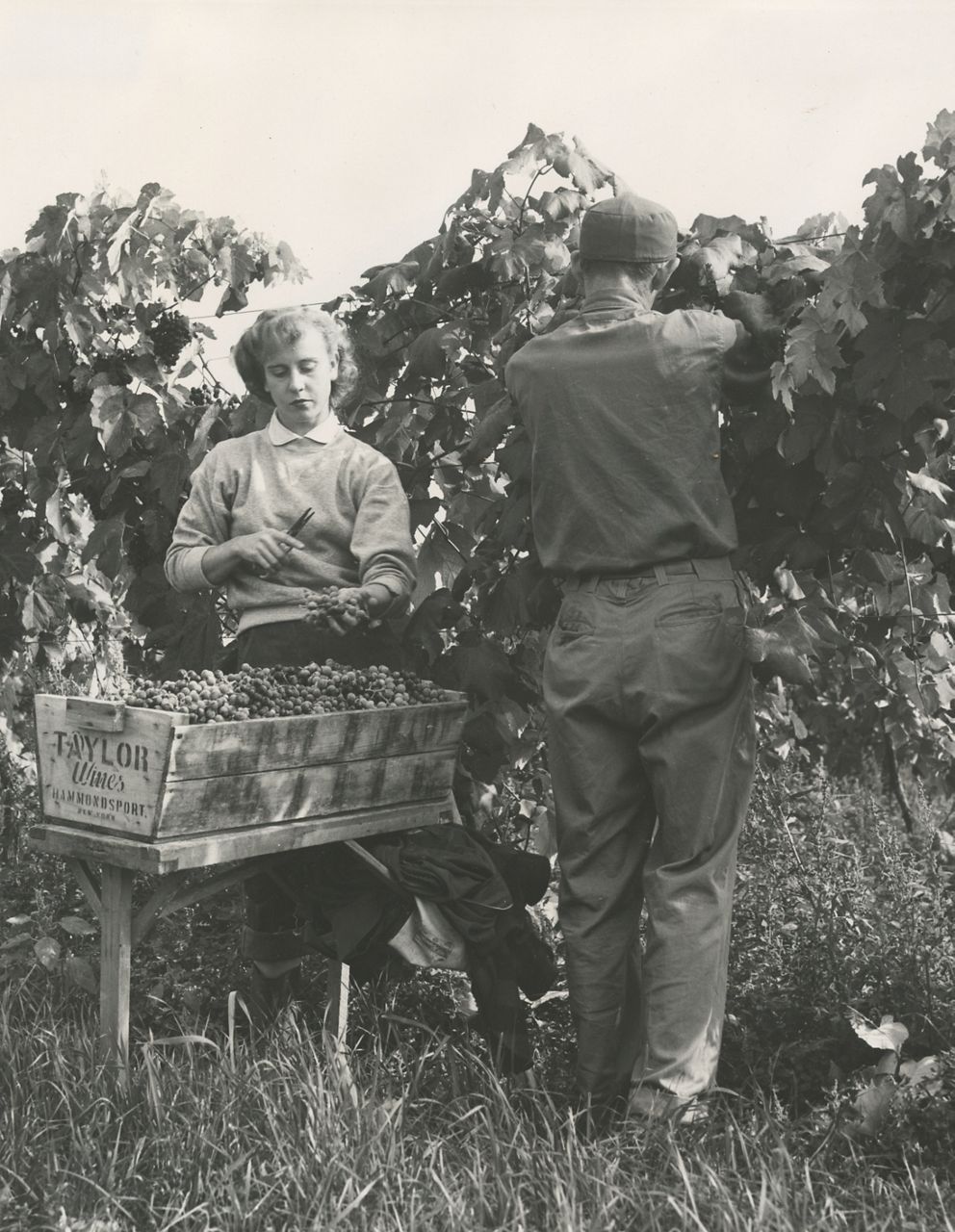
Another notable woman winemaker in the Finger Lakes is Nova Cadamatre. She and her husband own Trestle 31 in Geneva. Cadamatre was the first woman winemaker in the United States to earn the title Master of Wine — and one of just 417 living people worldwide with the highest certification a person in wine can reach.
Of that group, only about 10 are women, Cadamatre said, but said she thinks the Finger Lakes has a more diverse group of people in the industry.
“It is a less established region so there are less defined roles for everyone coming in. It’s less defined wine style, less defined roles so I feel like we are making it up as we go along,” Cadamatre said.
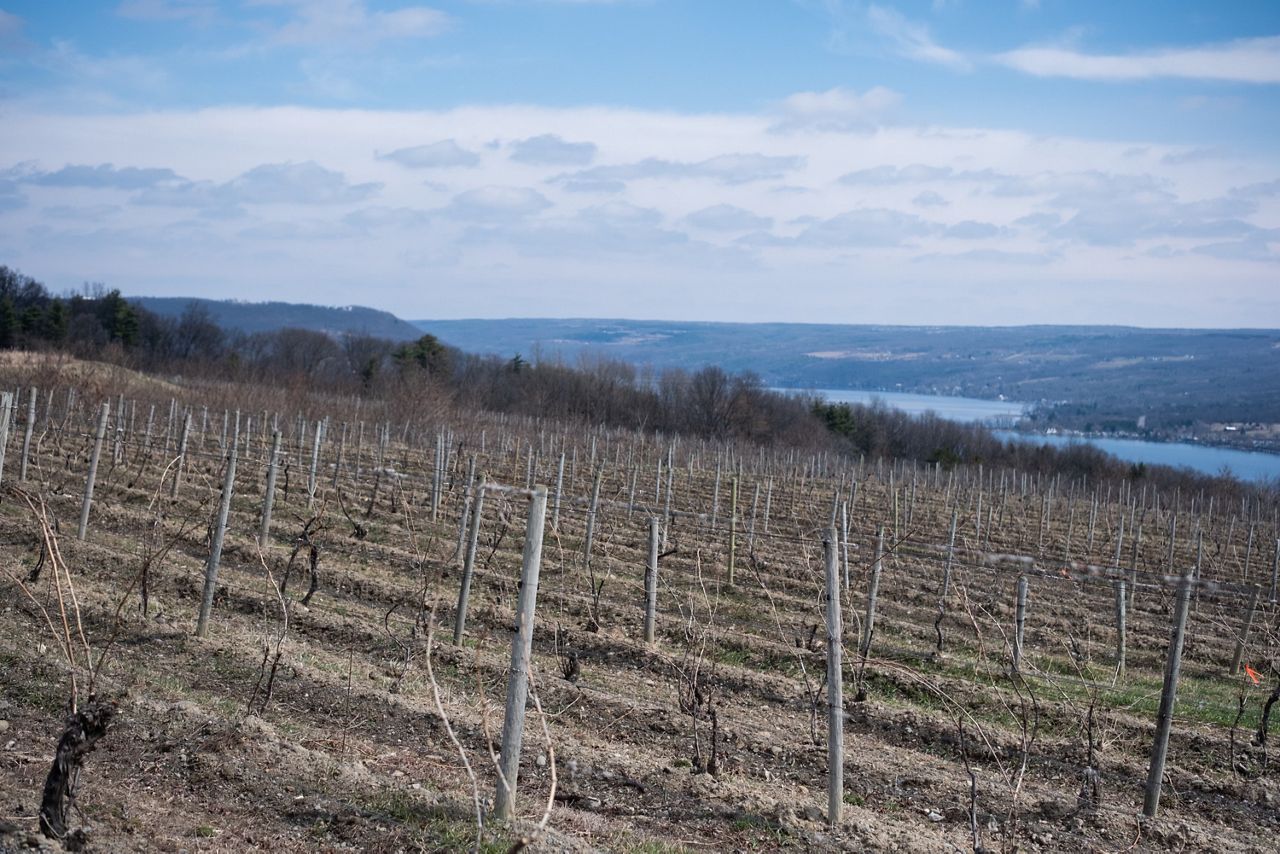
Often people assume women working in the wine industry are in a support role such as marketing, hospitality or sales, Cadamatre said.
“When I was younger, if I went to a big event and I’d be dressed up, people would assume I was in the sales group or marketing group. Nobody ever assumed I was the winemaker,” she said.
About 57% of wine drinkers are women, according to data from the American Association of Wine Economists.
“So why shouldn’t women have the majority of say in what we do?” King said.





